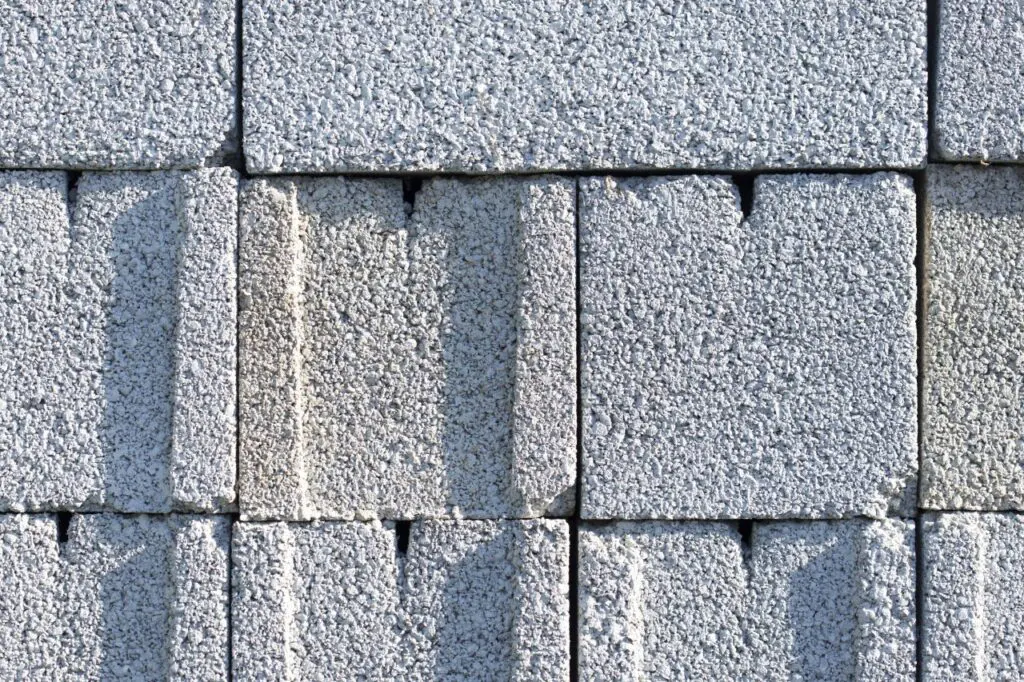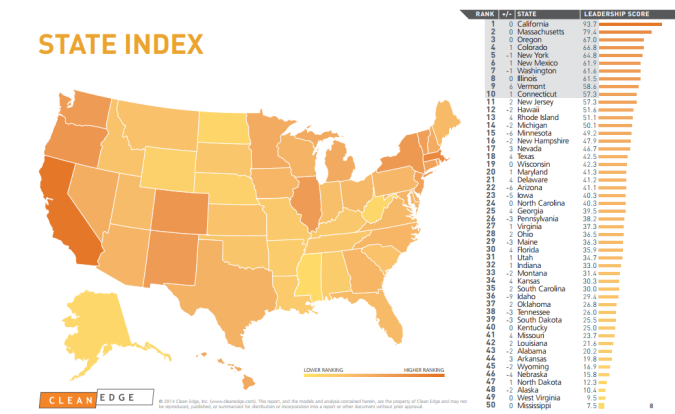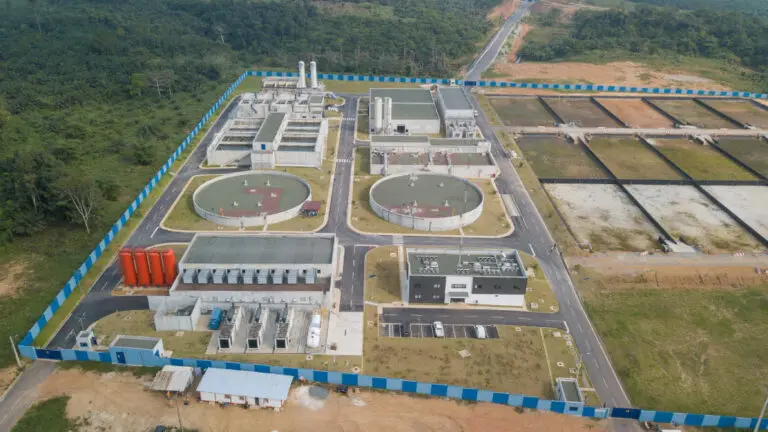The Czech capital wants to transform waste incurred from incineration into raw materials for the construction industry.
Prague is set to convert slag produced from incineration into construction materials for the building industry.
Annually, incineration produces 65 to 75,000 tons of slag, according to Prague’s Deputy Mayor for the Environment, Petr Hlubuček.

In 2017, 5,7 million tons of municipal waste were produced in the Czech Republic.
Of this, 45,5% was landfilled, with only 37,5% undergoing extraction for waste recovery and only 12% being converted into energy. In comparison, the 2019 EU average landfill rate was 23%.
In a move towards a more circular economy, the City of Prague intends to use the vast amounts of slag and bottom ash produced as by-products of incineration in a more sustainable way.
Generated as a secondary material via thermal processing of solid waste, slag mainly consists of silicon dioxide as well as a mixture of metal oxides. Advantages of using slag in cement mixes range from greater durability and material strength to lower permeability. Its inherent durability and resilience engenders it for use in highways, roads and pavements as well as bridges, marine constructions and hydraulic dams.
Hlubuček claims that the use of slag for construction purposes would not only help reduce carbon emissions but also be more cost effective, bringing the capital closer to reaching its wide-arching 2030 climate goals.
As of yet, building with slag cement is not possible due to the current legal situation in the country. Slag is classified as waste rather than as a raw material, something which needs to be changed before construction employing the industrial by-product can commence.
Concerns over the potential use of slag as building material were previously voiced by environmental NGO Arnika. The group argued that slag from incinerators contains toxic chemicals which may leach into the environment and contaminate the underground water supply. Arnika also pointed out that a previous experiment utilising slag sourced from the metallurgical industry for construction purposes had a less than favourable impact on the environment.
The City of Prague’s 2030 Climate Plan seeks to slash carbon emissions by 45% by 2030. Policies adopted to achieve this goal reach into four areas, which are as follows: Sustainable Energy and Buildings, Sustainable Mobility, Circular Economies and Adaptation Measures. Over the next years, the municipality will focus on producing energy from renewable energy sources, creating low-emissions public transport as well as on building the city’s first biogas plant, amongst other things.
With regards to waste management in the country as a whole, the Czech government intends to increase the national recycling rate as well as capacity whilst imposing landfill taxes to start up a more circular economy.







